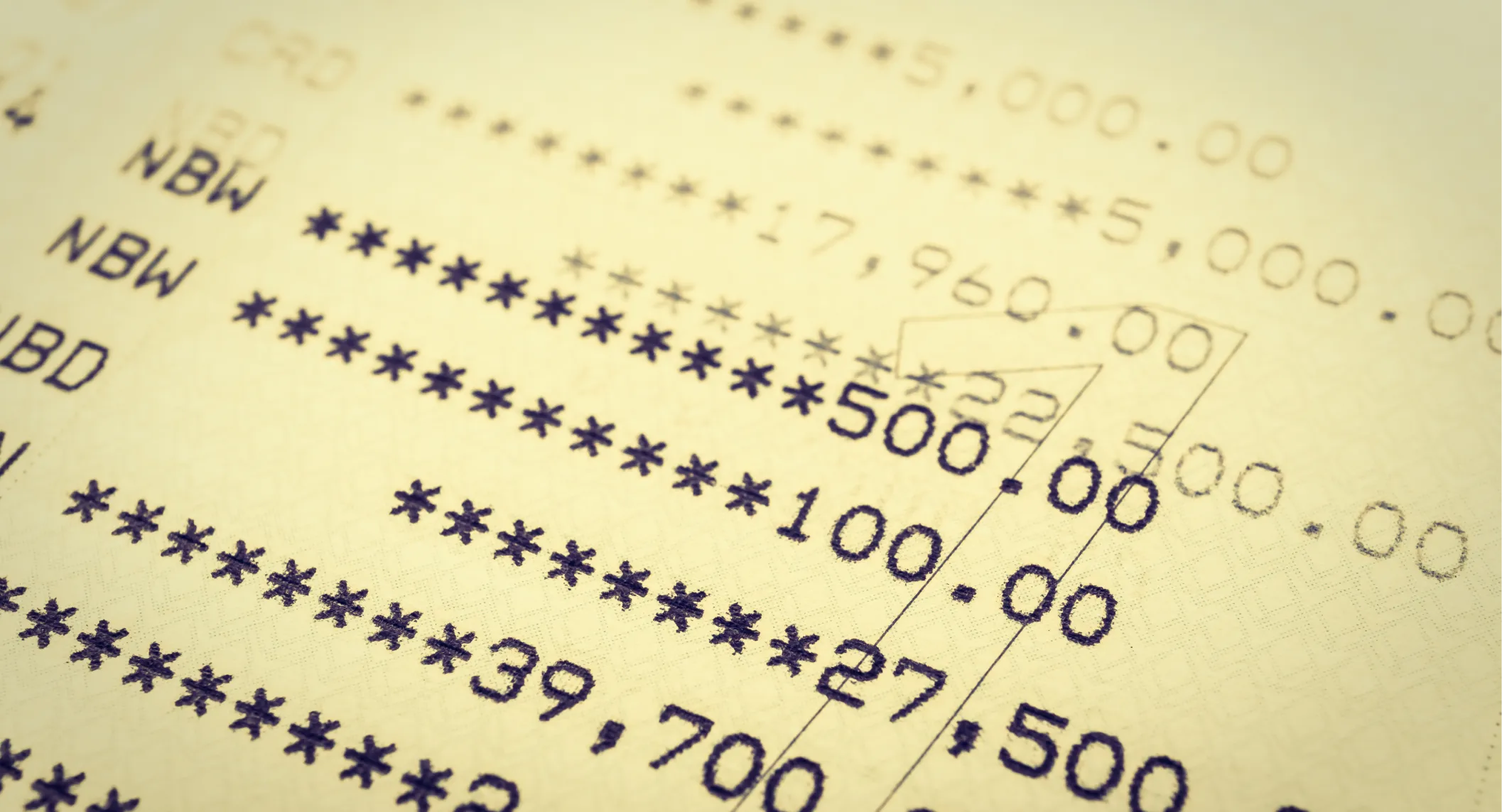
When it comes to international money transfers and remittances, accuracy is everything. A small error in account details can delay payments, incur fees, or even send money to the wrong destination. One of the key tools designed to reduce these risks is the IBAN code — short for International Bank Account Number.
If you’ve ever tried to send money to Europe or the Middle East, you’ve likely been asked for an IBAN. But what exactly is it, why does it matter, and which countries actually use it?
In this guide, we’ll break down what an IBAN code is, how it works, the countries that require it, and its importance for businesses, individuals, and remittance providers.
The IBAN (International Bank Account Number) is a standardized code used to identify bank accounts across countries. It was developed under ISO 13616 standards and first adopted in Europe to simplify cross-border payments.
Think of it as the global equivalent of a “postal address” for your bank account. Just as a letter needs the correct street and city to reach its recipient, an international payment needs the correct IBAN to arrive safely.
An IBAN is not a new account number — it’s a structured way of presenting existing account details in a standard format so that global banks can process transfers more efficiently.
An IBAN is composed of several parts, each serving a specific purpose:
Example:
When you enter this IBAN for a transfer, the system validates the format before processing, reducing the risk of misdirected funds.
A common source of confusion is the difference between IBAN and SWIFT/BIC codes. While they are often used together, they serve different purposes:
Think of it like this:
For most international transfers, you’ll need both the SWIFT code and the IBAN code.
IBAN codes were designed to solve long-standing problems in cross-border transfers. The key benefits include:
The IBAN system originated in Europe, but adoption has spread globally. Today, it is mandatory in most European countries and widely used across the Middle East, parts of Africa, and the Caribbean.
(primarily West African nations with banking integration).
Note: Some countries like the U.S., Canada, Australia, and New Zealand do not use IBAN. Instead, they rely on local account numbers plus routing codes.
As mentioned, not all countries have adopted IBAN. Major non-IBAN countries include:
When sending money to these countries, you won’t need an IBAN — but you will need the local equivalent code.
Despite being standardized, errors can still occur if you’re not careful. Here are the top mistakes to avoid:
For businesses and individuals, manually entering IBAN codes can feel intimidating. That’s why fintechs and modern remittance providers have built automation into their platforms.
This makes global money transfers much more seamless compared to old manual bank forms.
While IBAN adoption has grown, its role may evolve with the rise of digital wallets, blockchain, and Central Bank Digital Currencies (CBDCs).
In the near future, IBAN will likely remain essential for banks and B2B payments, while alternative systems grow for retail remittances.
The IBAN system has transformed international banking and remittances, making cross-border transfers faster, safer, and more reliable. By standardizing account details, IBAN reduces errors, cuts processing times, and improves global financial inclusion.
For individuals, this means fewer headaches when sending money to loved ones abroad. For businesses, it means smoother international trade. And for remittance providers, it ensures compliance and efficiency.
If you’re looking to start or scale your own money transfer business, RemitSo can help. With our expertise in cross-border payments, compliance, and digital solutions, we make it easy for entrepreneurs and MTOs to serve global customers seamlessly.
Book a demo or consult with us at RemitSo today to learn how we can help you build the future of remittances.
Want to see how a ready-made platform can accelerate your growth?
IBAN stands for International Bank Account Number.
No. Over 70 countries use IBAN, mainly in Europe, the Middle East, and parts of Africa. Countries like the U.S., Canada, Australia, and India use different systems.
You can find it on your bank statement, online banking portal, or by contacting your bank.
No. IBAN identifies an account, while SWIFT identifies the bank. Both are often required.
Yes, but only if the recipient country doesn’t use IBAN (e.g., USA, Canada). Otherwise, the transfer may fail.
Yes. IBANs cannot be used to withdraw money from your account; they are for incoming transfers only.
IBANs vary by country. For example, the UK uses 22 characters, while France uses 27.

